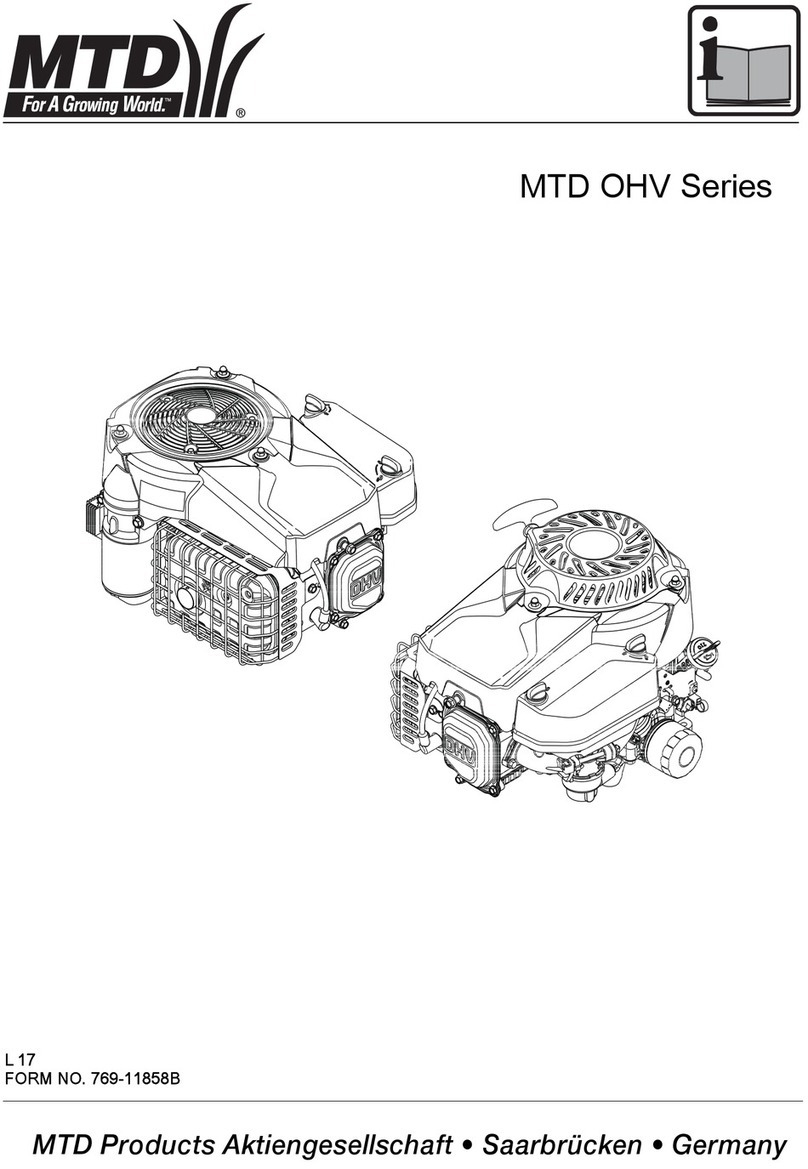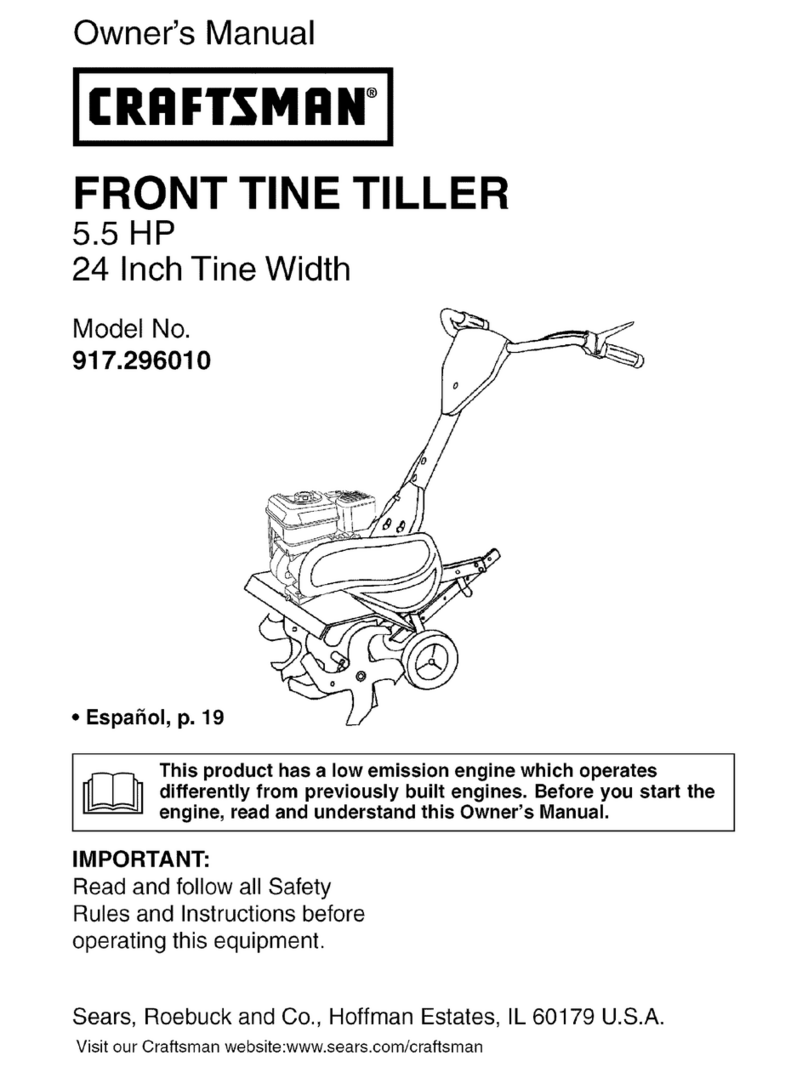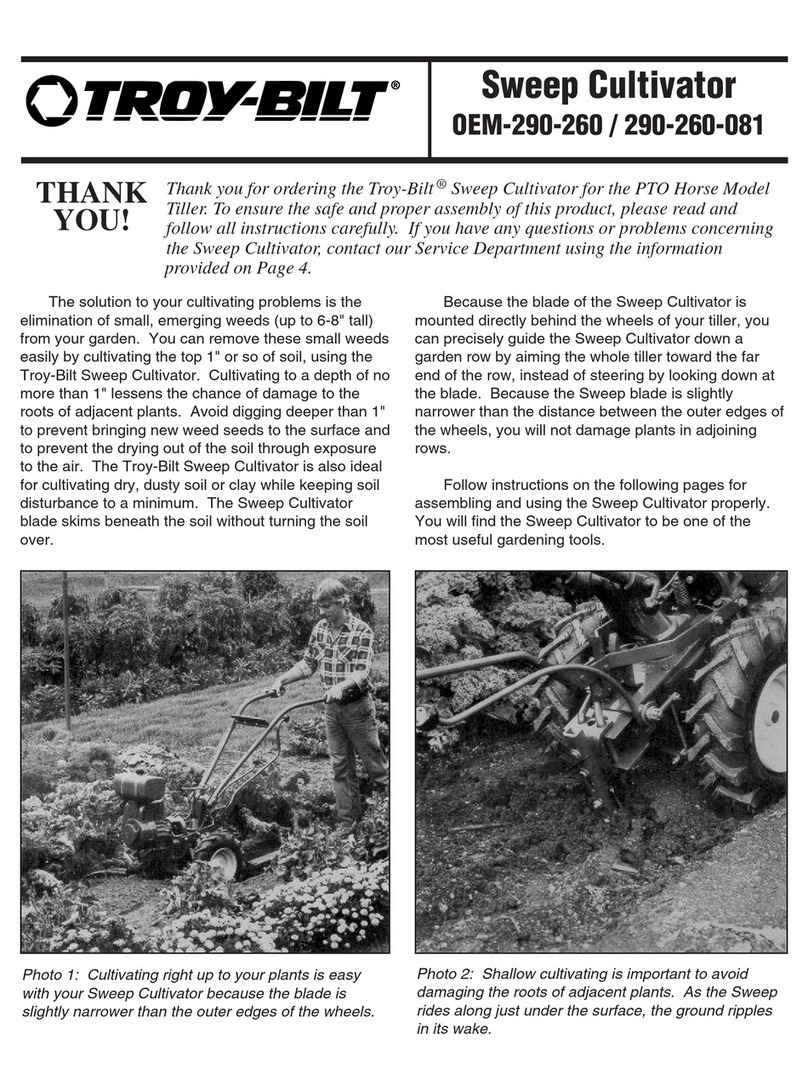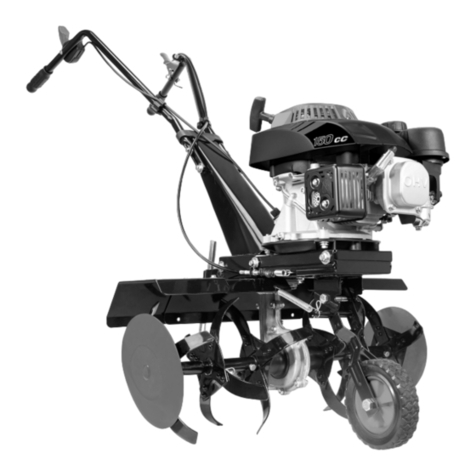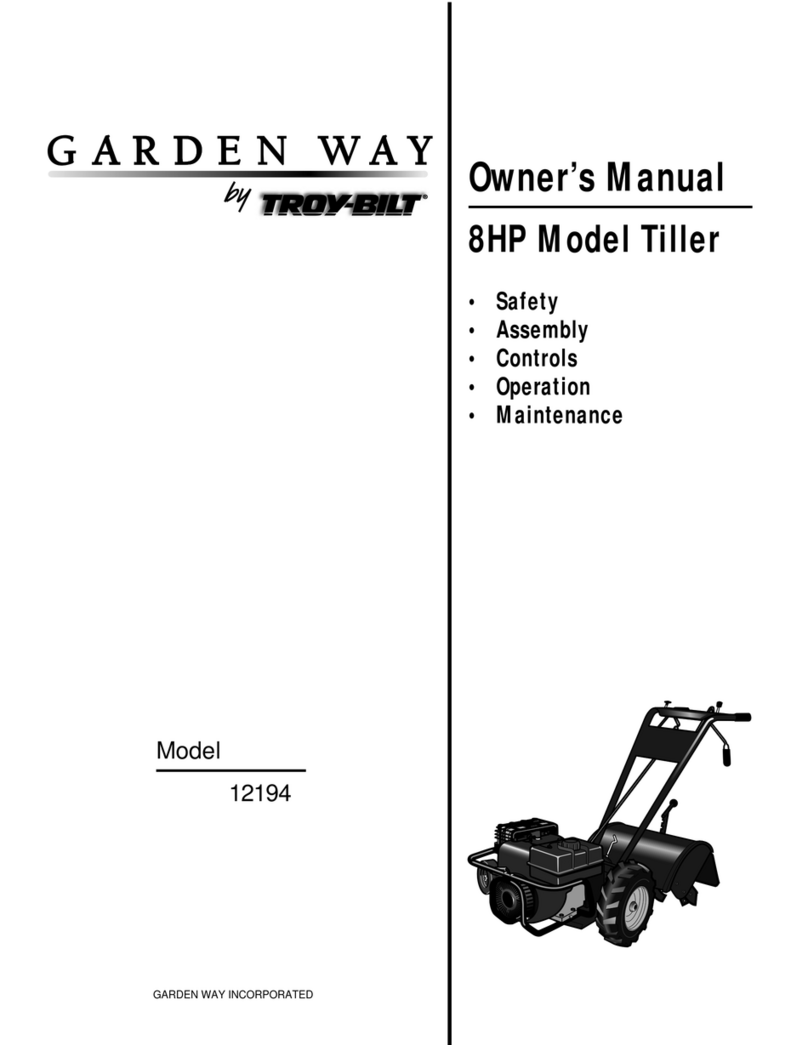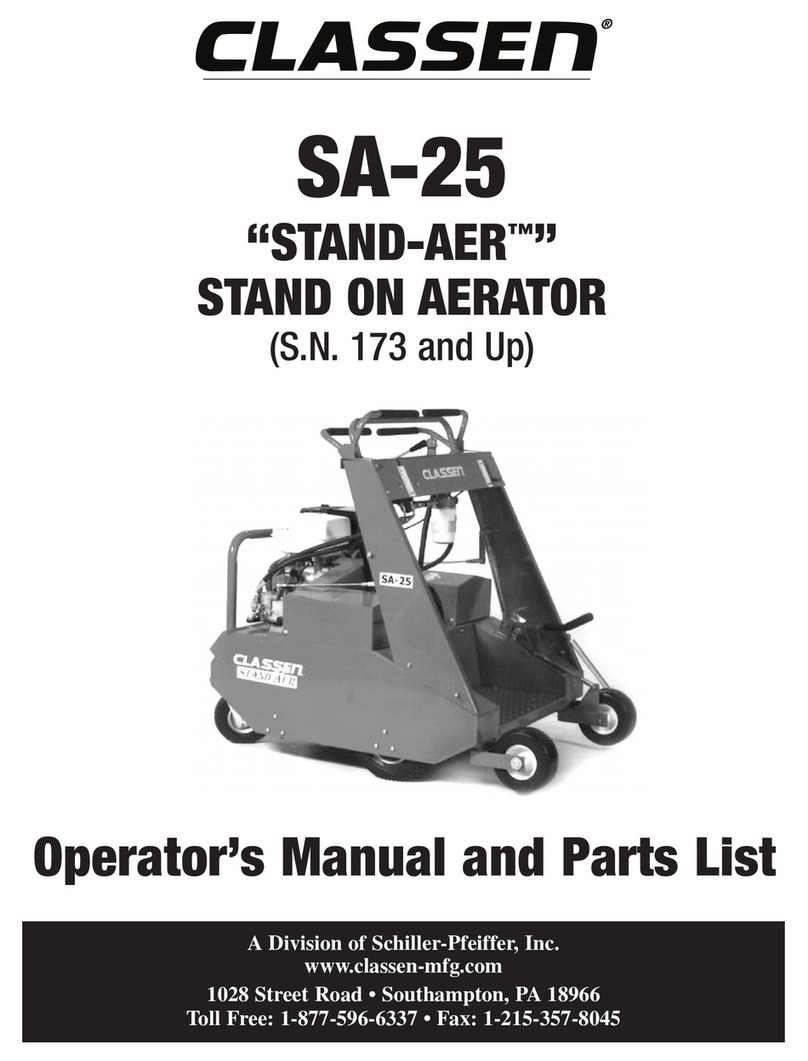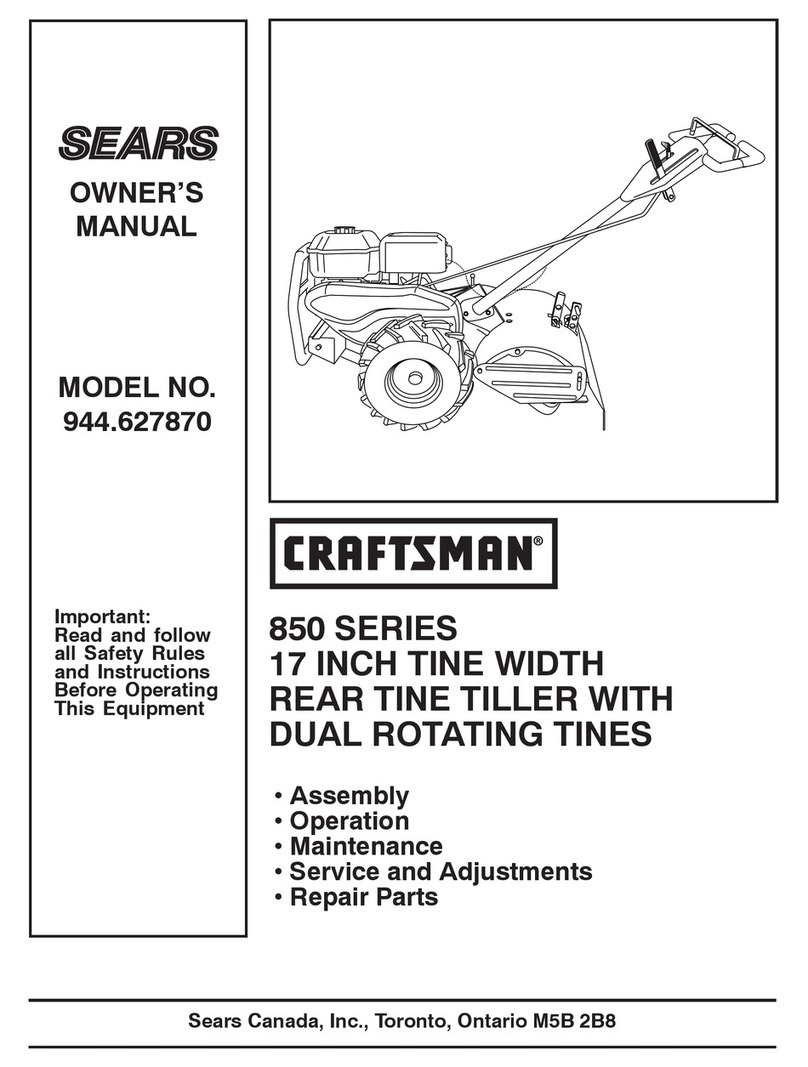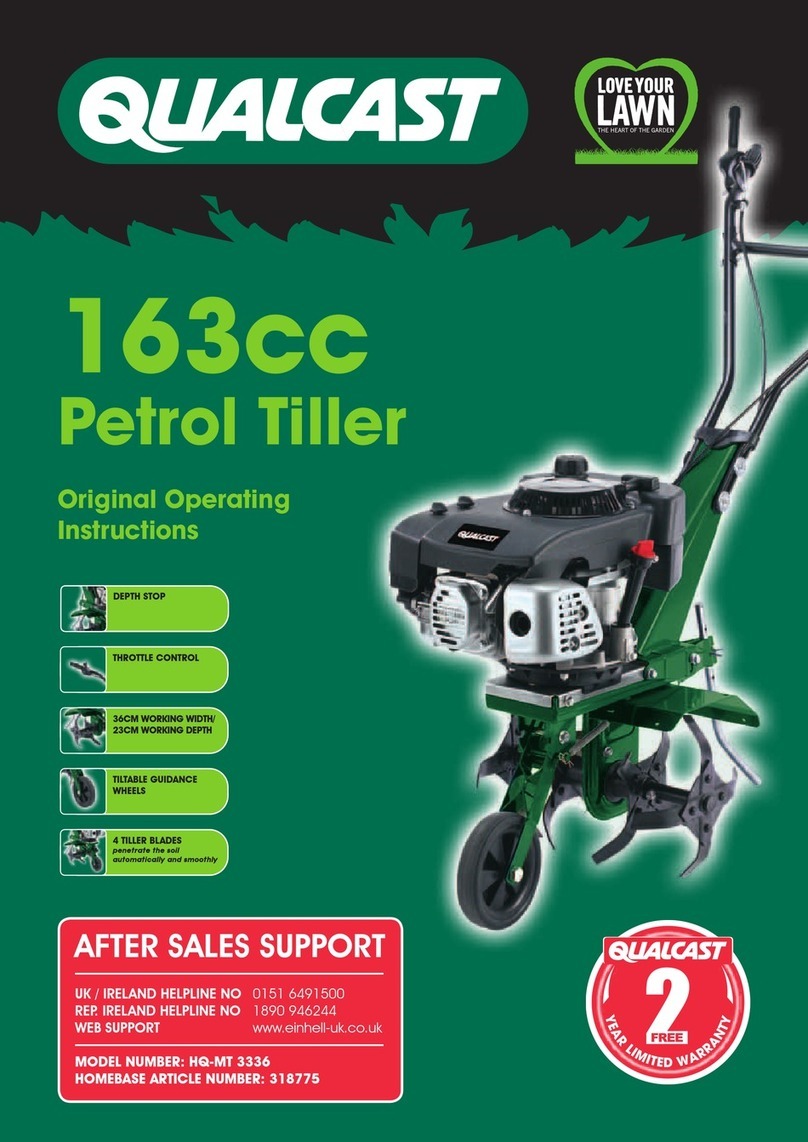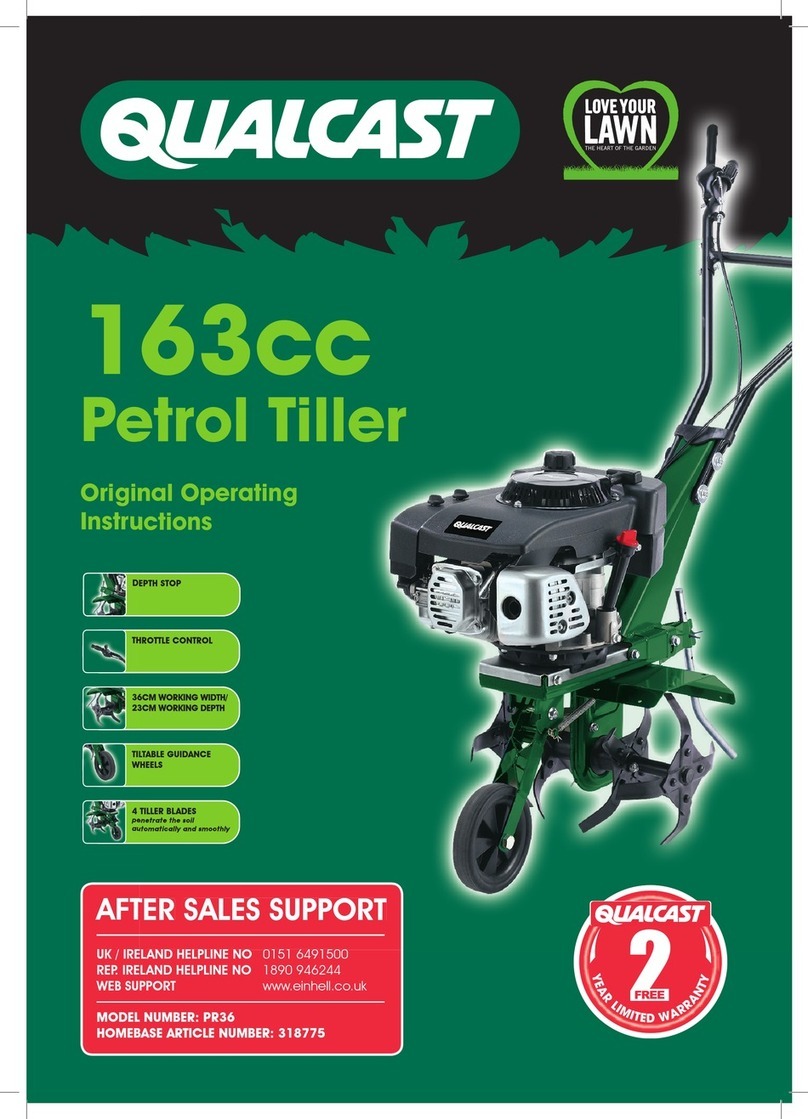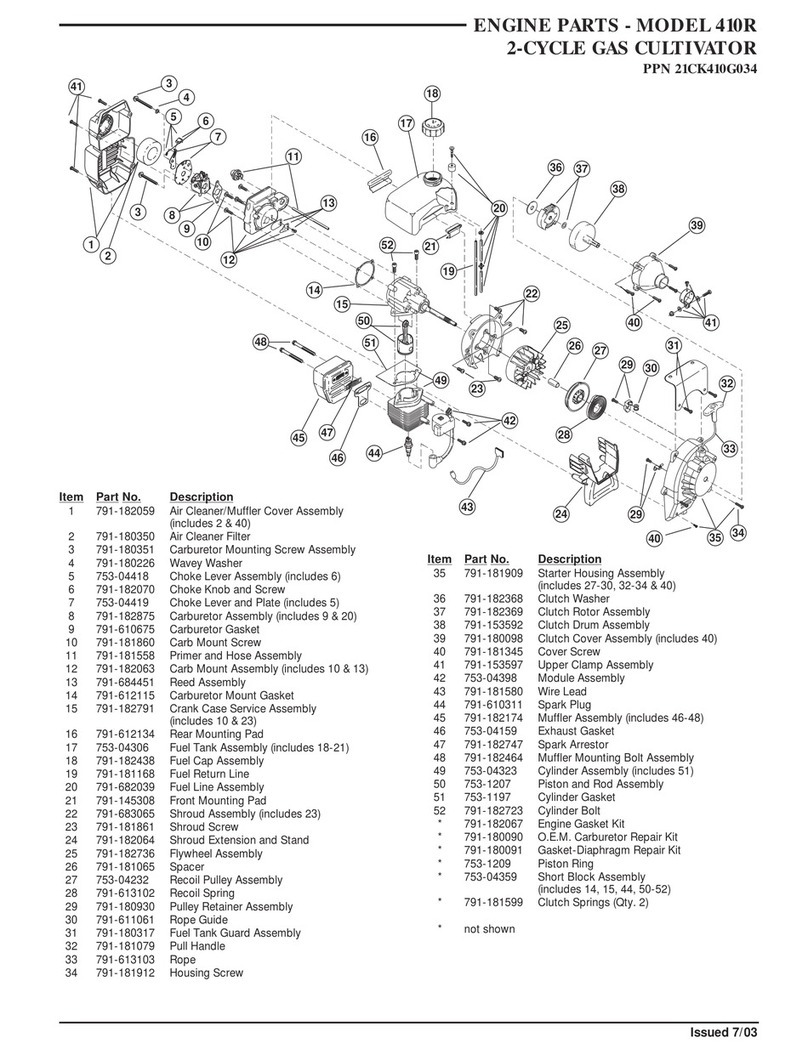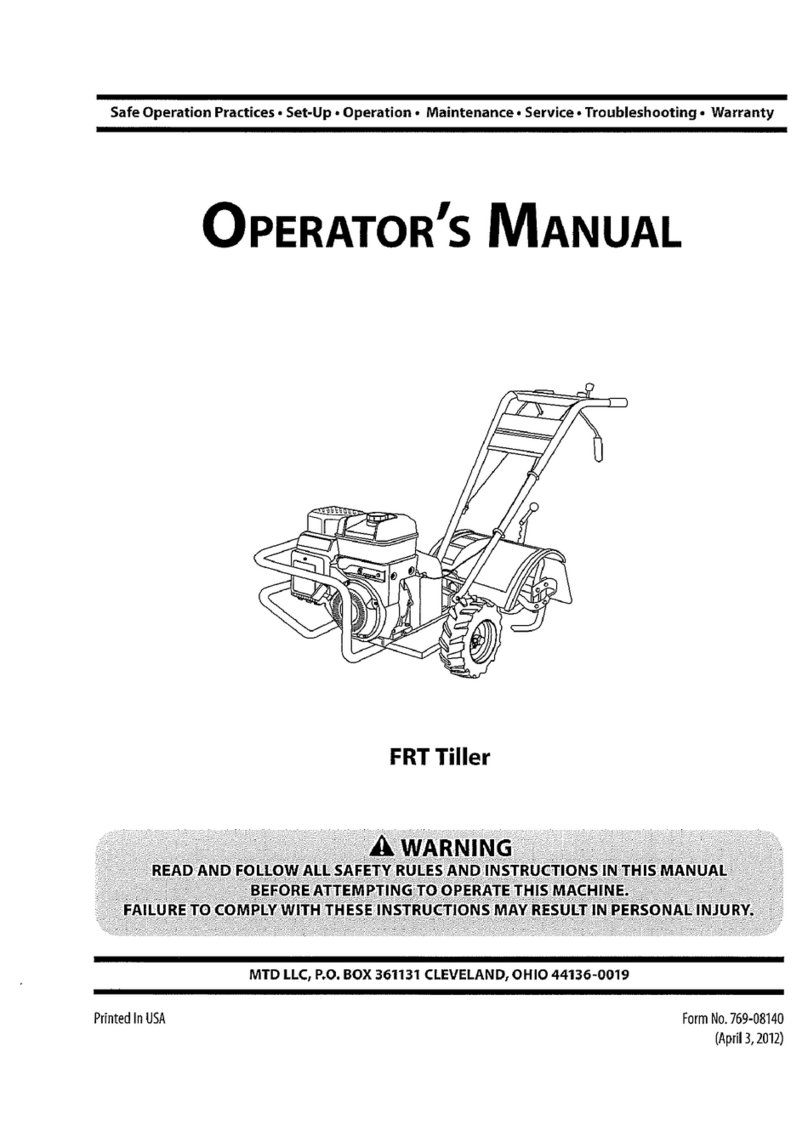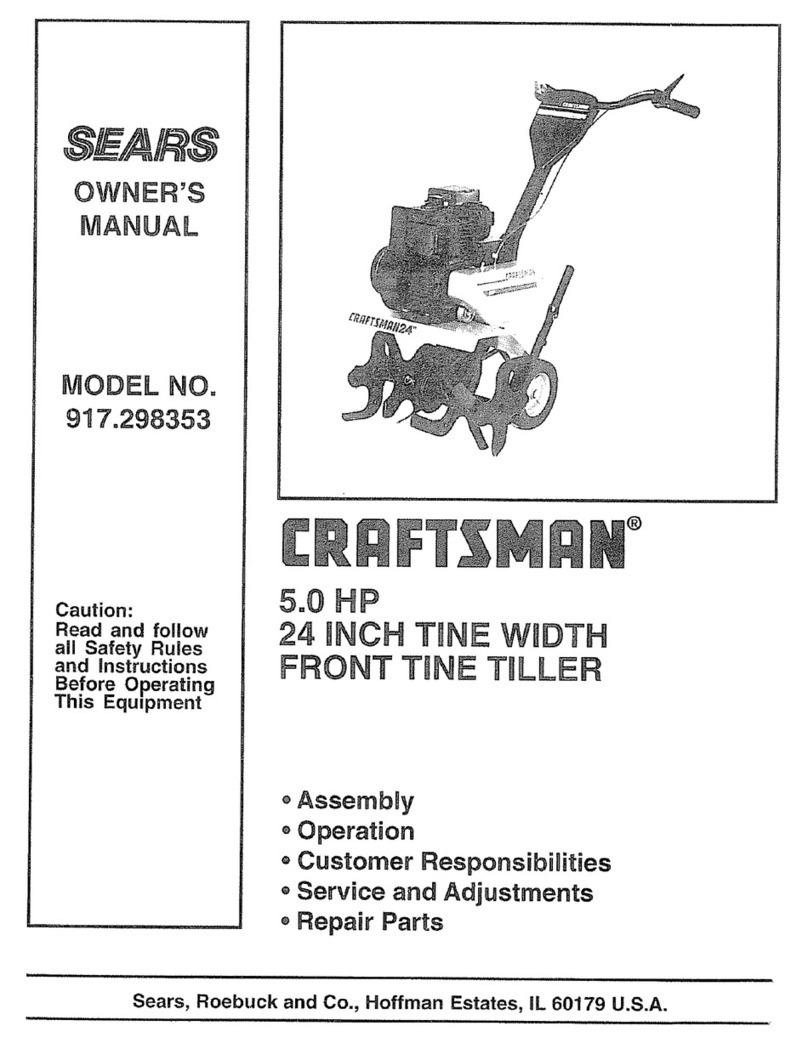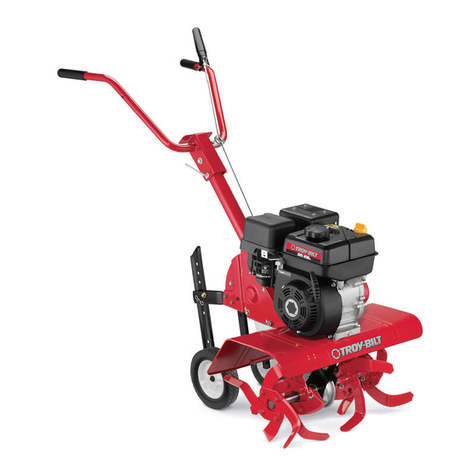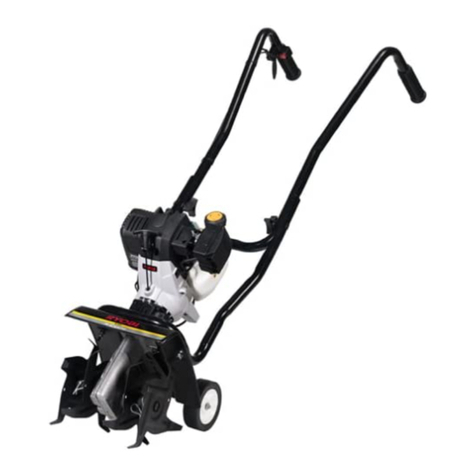
16. Outdoor use extension cords
When tool is used outdoors, use only extension cords
intended for use outdoors and so marked.
17. Stay alert
Watch what you are doing. Use common sense. Do not
operate tool when you are tired.
18. Check damaged parts
Before further use of the tool, a guard or other part that is
damaged should be carefully checked to determine that
it will operate properly and perform its intended function.
Check for alignment of moving parts, binding of moving
parts, breakage of parts, mounting, and any other
conditions that may affect its operation. A guard or other
part that is damaged should be properly repaired or
replaced by an authorized service center unless otherwise
indicated elsewhere in this instructions manual. Have
defective switches replaced by an authorized service
center. Do not use tool if switch does not turn it on and off.
19. Warning
The use of any other accessory or attachment other than
recommended in this operating instruction or the Einhell
catalog may present a risk of personal injury.
20. Have your tool repared by an expert
This electric appliance is in accordance with the relevant
safety rules repairing of electric appliances may be
carried out only by experts otherwise it may cause
considerable danger for the user.
Additional safety instructions
Read the operating instructions with due care. Familiarize
yourself with the operator controls and proper operation of
the machine
Never allow children or other persons who are not familiar
with the operating instructions to use the machine. Contact
your local governmental agency for information regarding
minimum age requirements for operating the machine
Never work in the direct vicinity of persons - especially
children - or animals.
Always keep in mind that the machine operator or user is
responsible for accidents involving other persons and/or
damage to their property.
Preliminary measures
Always wear sturdy, non-slip footwear and long trousers when
working. Never operate the machine barefoot or in sandals.
Check the ground on which the machine will be used and
remove all objects that could be caught up and violently
flung out by it.
Before using the machine, always visually examine the tools
for excessive wear or damage. To prevent any imbalance,
replace worn out or damaged parts and mounting bolts as a
set only.
The power cables used are not to be of a lighter duty class
than light rubber-insulated H05RN-F in accordance with DIN
57282/VDE 0282 and they must have a cross section of at
least 1.5 mm2. The connection must be splash-proof. The
power cable must be fed through the stress-relief clips and
be plugged into the switch/plug block. Before use,check the
cable for damage and signs of aging.Never use the machine
with worn or damaged cables.If the cable is damaged while
working, pull the power plug immediately and only then
inspect the damage. Do not touch the power cable until the
plug has been pulled.
Socket couplers to connection elements must be made from
rubber, soft PVC or other thermal material of equal rigidity or
coated with such material.
Make sure that all nuts, bolts and screws are tightened
securely and that the machine is in safe working condition.
Handling
Work only in daylight or in good light.
Always maintain good footing on inclines.
Only operate the machine at a walking pace. Work
perpendicular to the slope, never up or down it.
Be particularly careful when you change direction on a
slope.
Do not work on overly steep inclines.
Be particularly careful when you turn the machine around or
pull it toward yourself.
Switch on the motor carefully as described in the instructions
from the manufacturer and ensure that you keep your feet at
a safe distance from the tool.
Never move your hands or feet toward or under any rotating
parts.
Never lift or carry a machine whilst the motor is running; in
addition the power plug should be pulled.
Switch off the motor whenever you leave the machine
unattended.
If the machine begins to experience unusual vibrations,
immediately switch it off and check it.
Ensure that you avoid paths that could restrict the free
movement of the extension cable.
Maintenance and storage
Always make sure that all nuts,bolts and screws are tightened
securely so that the machine is in safe working condition.
Allow the motor to cool before you put the machine in an
enclosed area.
For your own safety, replace worn or damaged parts without
delay.
Switch the machine off and pull the power plug before
carrying out any adjustment or cleaning work on it, and
before checking to see if the mains connection is entwined
or damaged.
Switch off the motor and pull the power plug:
before you dislodge any blockages or clogs.
before you clean the machine,inspect it or carry out work on
the machine.
after you have traveled over an obstacle.
if you have struck a foreign object.
Do not lose these safety regulations.
5
Helpline No. UK 0151 649 1500 / IRE 189 094 6244
Helpline No. UK 0151 649 1500 / IRE 189 094 6244
